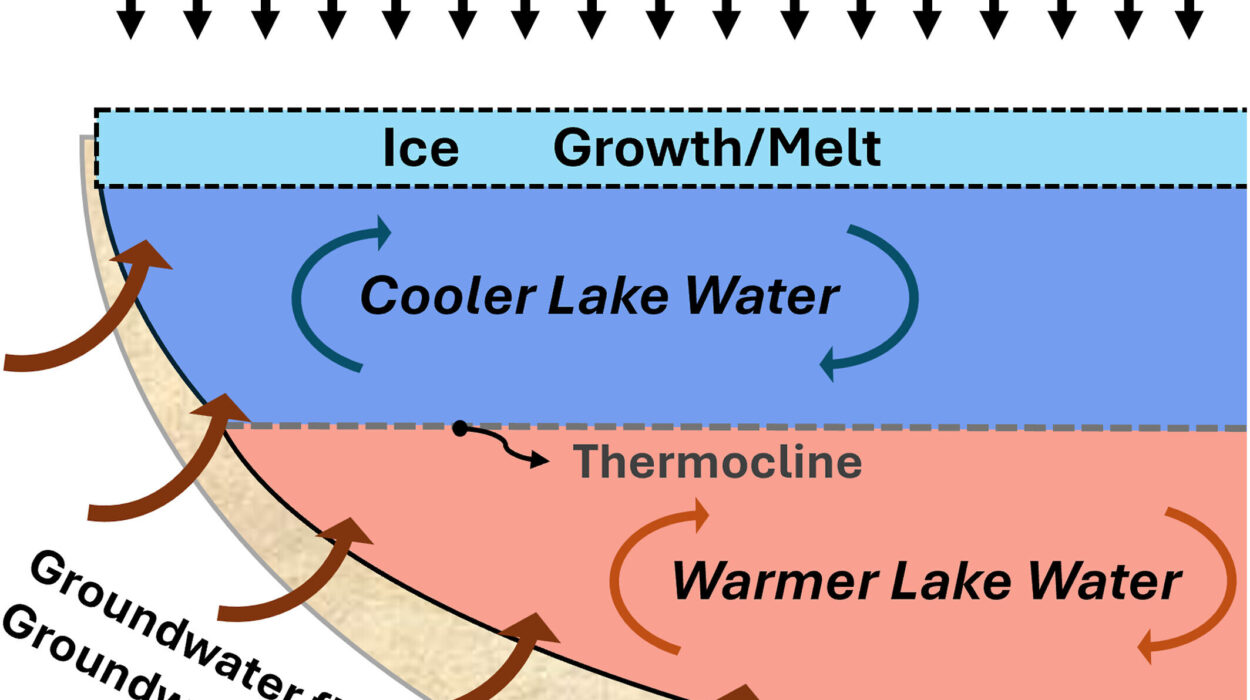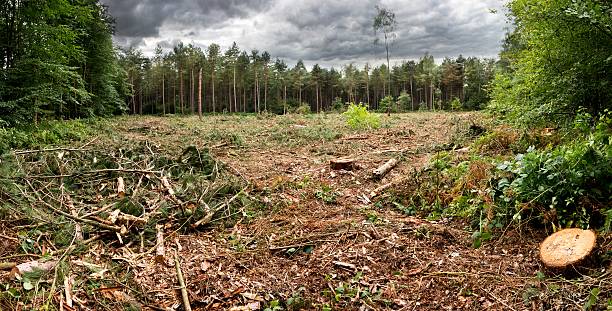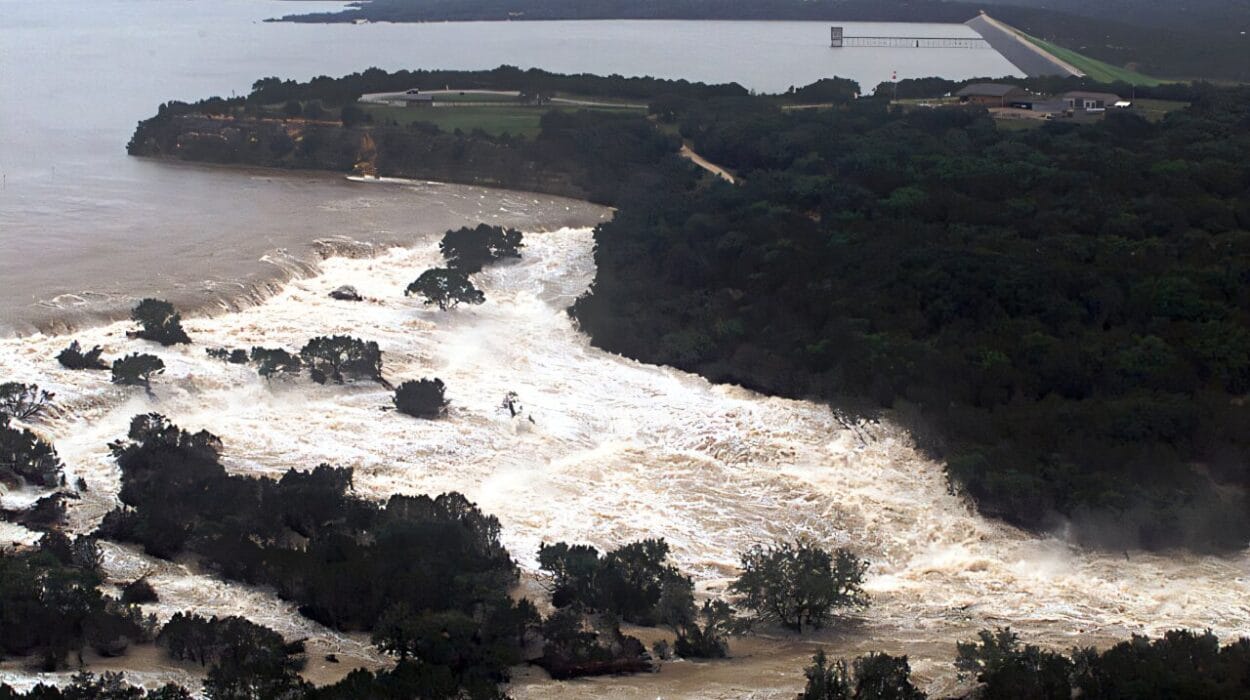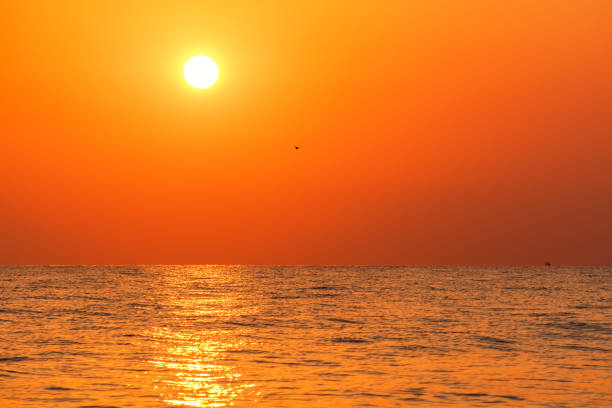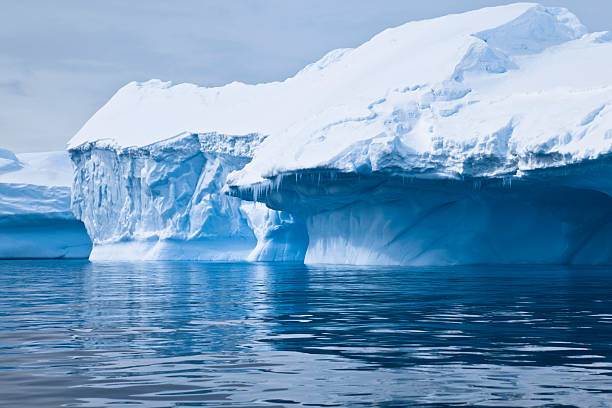Imagine, for a moment, waking up one morning and noticing that something feels… wrong. The sun has risen in the east, as always, but it’s not moving. Hours pass, and yet it hangs in the same position, frozen in the sky. The world is oddly silent. No breeze. The oceans have gone eerily still. And then it hits you—the Earth has stopped spinning.
It sounds like science fiction. The kind of plot reserved for apocalyptic thrillers or the fevered dreams of storytellers. Yet the question itself, as outlandish as it seems, has fascinated scientists for generations. What if Earth—the blue planet that spins on its axis every 24 hours, giving us night and day—suddenly came to a halt?
To understand what would happen if our planet stopped rotating, we must first grasp what rotation means to Earth, how it shaped everything we know, and why its sudden end would unleash a chain of catastrophic and transformative events the likes of which our species has never seen.
The Invisible Force That Drives Our Days
Earth’s rotation is a silent, invisible companion to every moment of our lives. At the equator, the planet spins at a staggering 1,670 kilometers per hour (about 1,040 miles per hour), although we don’t feel it thanks to the constant, unchanging motion of our environment. It’s this rotation that causes the sun to rise and set, that orchestrates the circadian rhythms of animals and plants, and that powers everything from weather patterns to ocean currents.
Earth has been spinning since its formation 4.5 billion years ago. This rotation began when dust and gas collapsed under gravity to form our solar system. As these particles came together to build a planet, conservation of angular momentum ensured that Earth would keep turning.
It is this simple yet profound motion that gave us time as we know it. Day and night. The arc of the sun. The rhythm of sleep and wakefulness. The heartbeat of civilization.
Now imagine the moment that beat stops.
A Sudden Halt: A Cataclysm of Unimaginable Scale
If Earth were to stop spinning suddenly, the outcome would be apocalyptic.
Every object not anchored to bedrock would be flung eastward with devastating force. That’s because everything on the surface—oceans, air, buildings, even people—is currently moving with the rotation. At the equator, that’s over 1,000 miles per hour of rotational velocity.
If that motion stopped instantly, momentum would do the rest. The atmosphere would keep moving, producing winds of unimaginable scale. Entire cities would be leveled. Trees, animals, vehicles, and debris would become projectiles.
It would be like the worst hurricane, tornado, and earthquake ever recorded, all at once—globally. Skyscrapers would collapse. Oceans would surge inland with unimaginable force, forming tsunamis that would wipe out entire coastlines in seconds.
And that would be just the beginning.
A World Torn by Wind and Water
The initial shockwave would be followed by chaos in the skies and oceans. Without rotation, the Coriolis effect—the phenomenon that helps steer winds and ocean currents—would vanish. The orderly patterns of trade winds and jet streams would collapse.
Instead, enormous superstorms would form, uncontrolled and chaotic, as warm and cold air masses crashed into each other. These storms would move unpredictably, unrestrained by planetary spin. Weather systems would become slow-moving monsters, lingering over regions for weeks, flooding the land or baking it dry.
Meanwhile, the oceans themselves would rebel.
Currently, Earth’s equator bulges slightly due to centrifugal force caused by rotation. If Earth stopped spinning, that bulge would flatten. Water currently “held” at the equator would migrate toward the poles, submerging what is now Canada, Russia, and Northern Europe under new oceans, while places like the Amazon Basin and Indonesia could rise from the sea, dry and desolate.
Entire coastlines would vanish. Familiar continents would be reshaped. And that’s only if some life survived the initial shock.
Day That Never Ends, Night That Never Leaves
If Earth stopped rotating but continued orbiting the Sun, a full day—sunrise to sunrise—would last an entire year. Half the planet would bake in unending sunlight for six months, while the other half would endure a frigid, pitch-black winter for the same length of time.
On the sunlit side, temperatures would soar. Without night to cool the land, desert conditions would spread across entire continents. Crops would wither. Water would evaporate. Forests would burn.
On the dark side, the opposite. Without sunlight, temperatures would plummet far below freezing. Lakes and rivers would freeze solid. Life would struggle to survive in either extreme, pushing species to the edge of extinction.
Only a narrow twilight zone—between the day and night sides—might remain temperate enough to support life. But even there, the chaos of atmosphere and weather would make long-term survival nearly impossible.
A Magnetic Collapse and Radiation Storms
There’s another hidden danger to a motionless Earth—the collapse of its magnetic field.
Earth’s magnetic field is generated by the rotation of its molten iron core, which acts like a giant dynamo. This magnetic shield protects the planet from deadly solar and cosmic radiation. It deflects high-energy particles and helps maintain the fragile balance of Earth’s atmosphere.
If Earth stopped rotating, this dynamo might shut down. The magnetic field would weaken or disappear. Solar winds would begin stripping away the atmosphere, as they did long ago on Mars.
Auroras, once confined to polar regions, might dance across the entire sky—beautiful, but signaling danger. Radiation levels would rise, damaging DNA and threatening any surviving life. Cancer rates would skyrocket. Communications would falter. Power grids would fail.
The atmosphere, no longer shielded, could erode over time, making Earth a less hospitable place with each passing year.
The Slow Fade of Civilization
With ecosystems collapsing and climate in chaos, human civilization as we know it would be unable to continue. The global economy would disintegrate. Infrastructure would crumble. Food production would fail.
In the regions where life might still cling on, humans would be forced to adapt to alien conditions. Artificial shelters, climate-controlled environments, and underground habitats would become essential for survival. Energy production would need to evolve, relying on solar or geothermal sources in the absence of predictable weather.
Society would fragment. Cooperation might give way to competition over dwindling resources. History would reset, and if humanity endured, it would be as a shadow of what once was—scattered, struggling, and scarred by a planet that turned on its axis no more.
What If Earth Had Never Rotated?
While the sudden stop of Earth’s rotation paints an apocalyptic picture, it’s also fascinating to wonder: What if Earth had never spun at all?
In that case, our world would have formed differently from the start. Gravity would still bind the planet together, but without spin, Earth would be a perfect sphere, not an oblate spheroid with an equatorial bulge. The atmosphere might be distributed differently, thicker in some places, thinner in others.
Most importantly, the entire mechanism of day and night would be lost. One hemisphere would forever face the sun, locked in unending daylight, while the other remained in perpetual night. Life—if it ever evolved—would look nothing like it does now.
Photosynthesis would be limited to the sunlit side. Entire ecosystems would develop in darkness on the other. Perhaps intelligent life, if it emerged at all, would come from the twilight zone between day and night.
The very idea challenges our understanding of life and the cosmic conditions that made us possible.
Slowing to a Stop: Could It Really Happen?
In reality, Earth’s rotation is slowing—just incredibly slowly.
Thanks to tidal friction caused by the Moon’s gravitational pull, Earth loses about 1.7 milliseconds of rotational speed per century. In about 140 million years, a day will be 25 hours long.
If nothing else changes, and this gradual deceleration continues, Earth could eventually become tidally locked with the Moon. This means the same side of Earth would always face the Moon—just as the Moon already shows only one face to us.
But for Earth to stop rotating entirely would require an external force so massive and catastrophic that it would likely destroy the planet in the process—like a planetary collision or gravitational tug from a rogue star.
So while Earth will keep slowing, the terrifying freeze-frame scenario of a completely motionless world is, fortunately, almost certainly a thought experiment—a chilling reminder of how fragile our balance really is.
The Spin That Keeps Us Alive
It’s easy to forget how much we owe to Earth’s silent spin. Every sunrise, every breeze, every tide and cloud is a gift of this ancient, celestial motion.
Our clocks tick in sync with it. Our bodies evolved in harmony with its rhythm. Civilizations rose and fell with the turning of the day. And the beauty of a starry night, the comfort of dusk, the rush of dawn—these are the whispers of a planet in motion.
Should that motion ever end, it would not just be the collapse of physics—it would be the undoing of our story.
But Earth continues to turn, as it has for billions of years. Its rotation is a promise—a steady beat in the song of the cosmos. And as long as it turns, we have time. We have night and day. We have a home.

